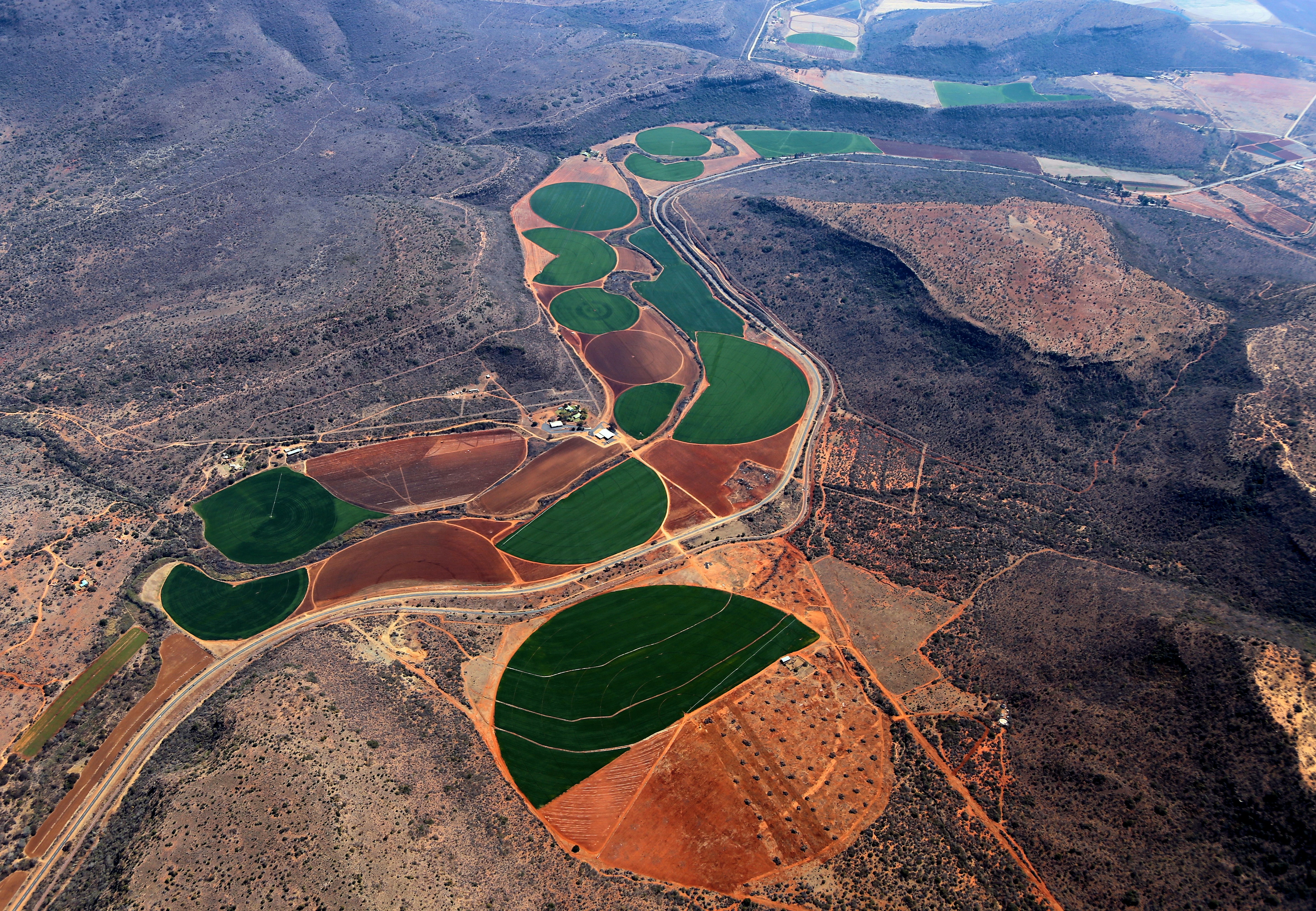About
The projected increases in global demand for agricultural products over the coming decades suggest that annual agricultural production must increase to ward off future increases in food prices. In some cases, increases in agricultural production will be driven by forests or pastures being replaced with cropland. In other cases, a process of changing inputs or other technologies will bring about higher production of agricultural output from the same land area. But what is the relationship between agricultural intensification and the environment?
Together with the Standing Panel on Impact Assessment (SPIA), we are coordinating a set of studies that will explore the outcomes and environmental effects of CGIAR-led programs that have delivered new agricultural innovations and technologies to farming communities around the world. CGIAR is the world’s largest global agricultural innovation network, and its 15 independent centers collectively bring evidence to policy makers, innovation to partners, and new tools to harness the economic, environmental, and nutritional power of agriculture. These studies will provide new evidence on the changing nature of agriculture and how agricultural intensification affects the environment.
